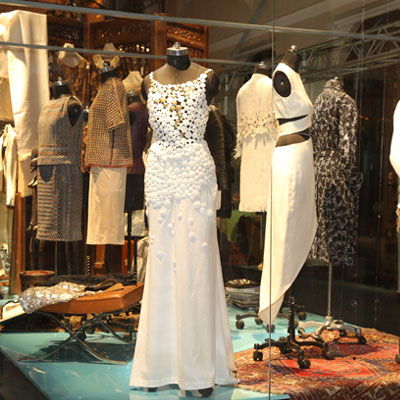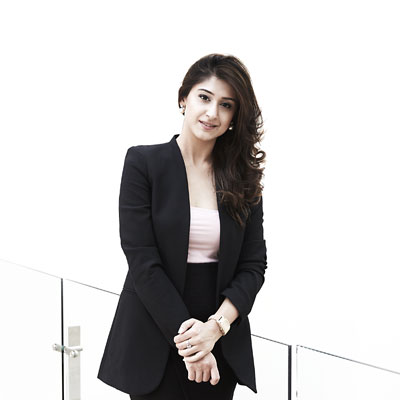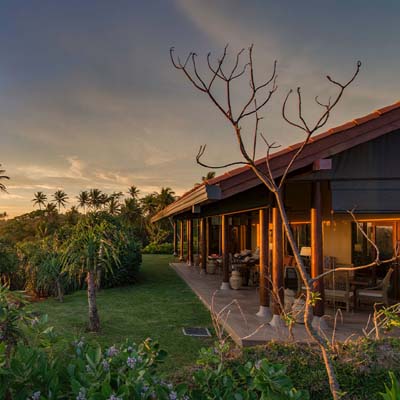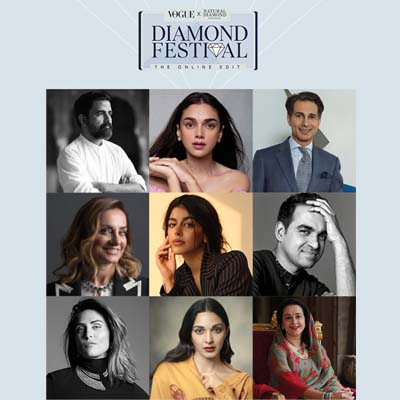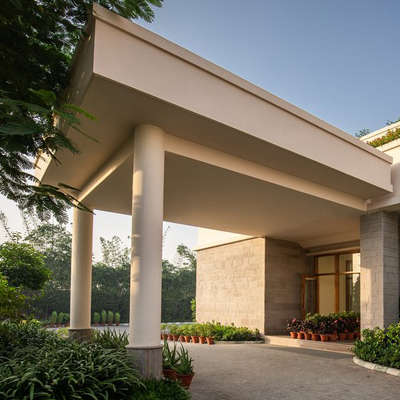
Maharanis of yesteryears epitomized fashion, triggered trends and became a source of inspiration for many
Indian women may have adopted western sartorial style but it feels beautiful to get back to our roots and traditions and look as stylish, elegant, charming as our Maharanis of yesteryears. They epitomized fashion, triggered trends and became a source of inspiration for many.
These royals chose to dress traditionally on most occasions whether attending a high tea, royal event or addressing the people.
The Luxe Café suggests some style tips on how you can add an essence of “Your Highness” to your closet.
Chiffon sarees: Make it a point to add some gorgeous chiffon sarees to your wardrobe.
Chiffon sarees were a trademark of Indian Maharanis, something that gave a style identity to India. Maharani Indira Devi of Cooch Behar was the first to start the trend and convert the six yards of the fabric into high fashion. Her sarees were created in the looms of Lyon in France to her specifications. Later she also introduced silk chiffon to many royal families.
Indira Devi’s daughter Maharani Gayatri Devi too followed her mother’s footsteps and popularized the soft flowing chiffons. She became a style icon of her time with her natural sense of dressing and became a source of inspiration across the globe. She was even particular about how the pallu of her saree covered her head.
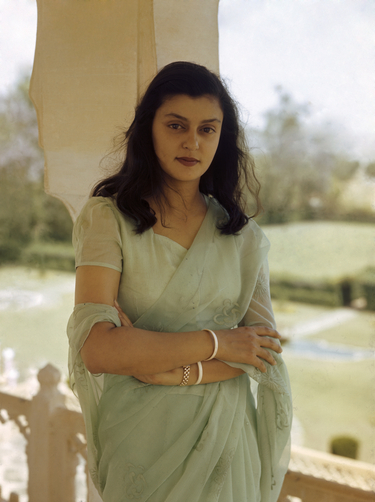
Pastel color palette: With chiffons, do as the Maharanis did. Chiffon sarees are ideal for our climate and look best in soft pastel shades. The softness, lightness, elegant and delicate drape comes out best in colors like Dutch blue, ivory, old rose pink and citron. Even Rajmata of Jaipur had a liking for light and pastel shades and preferred turquoise and old rose pink.
Long sleeve blouses: Maharanis preferred long sleeved blouses, around 10 inches with the saree. Buttons were handmade.
Minimal make up: Go minimal with the make up as much possible. A bright/dark shade of lipstick, a small bindi can do most of the look. Maharani Gayatri Devi mostly wore a dark shade of red lipstick.
“Never wear emeralds with a green saree as I had, they look so much better with pink”—one of the three etiquettes Maharani Gayatri’s grandmother told her.
![]() Pearls and emeralds: You can never go wrong with the classic two or three stranded pearls. Maharanis were very particular about jewellery. Classic pieces such a string of pearls or emeralds were among their favorites. In Rajmata Gayatri Devi’s autobiography A Princess Remembers, one of the three etiquettes of a maharani her grandmother told her was: “never wear emeralds with a green saree as I had, they look so much better with pink”.
Pearls and emeralds: You can never go wrong with the classic two or three stranded pearls. Maharanis were very particular about jewellery. Classic pieces such a string of pearls or emeralds were among their favorites. In Rajmata Gayatri Devi’s autobiography A Princess Remembers, one of the three etiquettes of a maharani her grandmother told her was: “never wear emeralds with a green saree as I had, they look so much better with pink”.

We suggest you pick up some vintage jewellery pieces like traditional earrings or Mang Tikas from your grandmothers wardrobe.
If we talk about bangles, Ivory, Jadau and onyx were very famous. You can buy such bangles from Bibaji in Jodhpur, who has been selling to the royal ladies since ages.
Gem Palace in Jaipur is quite a famous jewellery store among royals. Maharani Gayatri was often seen at Gem Palace with her friends and VIP guests.
French fashion house Chanel hosted a Chanel Bombay Paris Fashion Week inspired by India and its traditions where they used pearls, diamonds to design accessories including Mang Tikas, traditional clutches and neck pieces.
![]()
When the chiffon sarees became quite a rage in the social gatherings, it was worn with jaali, net or embossed silk waist length jackets.
![]()
Waistcoat over blouses: Try a sleeveless richly embellished waistcoat over the blouse. That is what the maharanis in the Deccan used to do. When the chiffon sarees became quite a rage in the social gatherings, it was worn with jaali, net or embossed silk waist length jackets. Some of them were even embroidered with pearl and zardozi to give a rich look.
Embellishments on sarees: Maharanis preferred sarees embellished with delicate zardozi, gota, pearl and gold embroidery. The artwork on the fabric was catchy and nicely detailed. For your trousseau, you can get a similar look by getting a plain saree embellished with stitched woven borders in various works.






